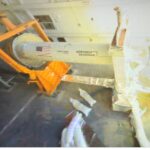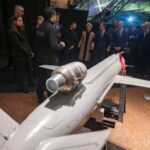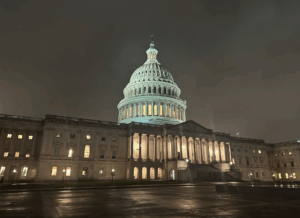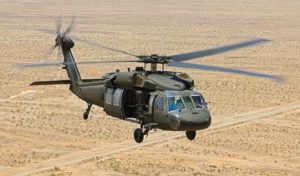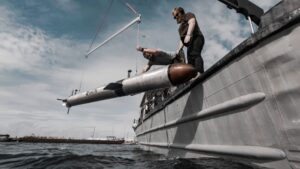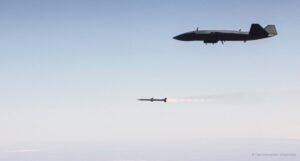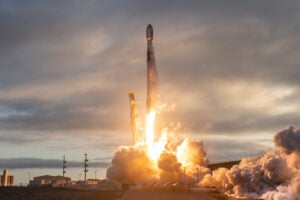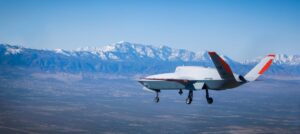
The U.S. Air Force's fiscal 2025 budget boosts funding for Next Generation Air Dominance (NGAD) by $980 million over last year's request. For fiscal 2025, the service budgets $2.7 billion in research and development for the NGAD sixth generation manned fighter and $557 million for Collaborative Combat Aircraft (CCA), the uncrewed autonomous drones that are to deploy from the manned NGAD. Those numbers represent an $816 million jump for the NGAD and a $165 million increase for CCA from last…


